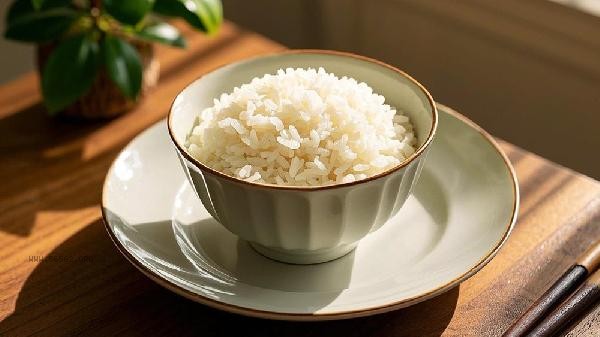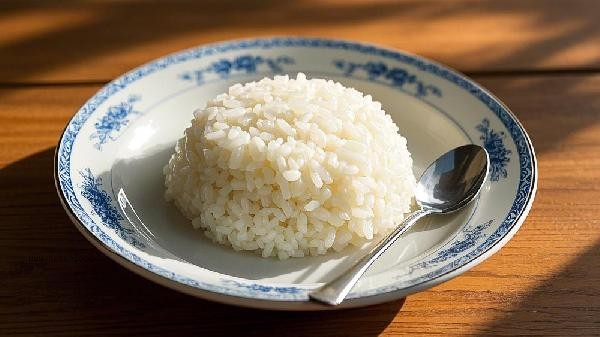If the rice is not fully cooked after cooking, it can be remedied by returning it to the pot, microwave heating, steaming it over water, and other methods.

1. Return to the pot and simmer
Pour the undercooked rice back into the pot, add a small amount of warm water, and the amount of water should be just enough to cover the surface of the rice. Cover the pot and simmer over low heat, avoiding frequent opening during the process. Use steam infiltration to fully absorb water and soften the rice grains. After about 5 minutes, turn off the heat and continue to simmer for 10 minutes. This method can maintain the original taste of rice and is suitable for cooking undercooked rice with an electric rice cooker or open flame.
2. Microwave Heating
Transfer the rice to a specialized container in the microwave oven, sprinkle a small amount of water evenly on the surface, cover with plastic wrap, and make small holes for ventilation. Heat on medium high heat for 2 minutes, then remove and mix, repeat heating 1-2 times. Microwaves can rapidly oscillate water molecules to generate heat, promoting starch gelatinization from the inside. Pay attention to controlling the time to prevent excessive evaporation of water from causing the rice to harden.
3. Steam over water
Spread the rice flat on a steamer cloth and place it in a steamer. After the water boils, steam over medium heat for 8-10 minutes. The heat conduction of steam can evenly penetrate the gaps between rice grains, especially suitable for situations where the outer layer is fully matured but the center is sandwiched. The steamed rice has a moderate moisture content and a taste closer to that of normally cooked rice.

4. Making Congee
If the rice is partially cooked as a whole, water can be added to change it into Congee, and boiling water shall be added in the proportion of 1:3. After boiling in high heat, turn to low heat and simmer for 15 minutes. During the process, continuous stirring is used to prevent sticking to the pot, and the starch is fully gelatinized to form a dense texture. This method can completely eliminate the feeling of strangulation and is suitable for people with weak digestive function to consume.
5. Secondary cooking
Stir fry uncooked rice with other ingredients, such as egg Fried Rice or braised rice. High temperature stir frying can dehydrate and shrink the surface of rice grains, masking the internal strangeness. Adding an appropriate amount of broth or sauce can replenish moisture and ensure heat penetration by extending the stir frying time. This method can transform cooking failures into distinctive flavors.

To prevent undercooked rice, attention should be paid to controlling the ratio of rice to water. Japonica rice is usually mixed with water at a ratio of 1:1.2, soaked for 20 minutes, and then boiled for easier maturation. When using a rice cooker, ensure that the bottom of the inner pot is in full contact with the heating plate, and avoid frequent opening of the lid during cooking. If undercooking occurs repeatedly, it is recommended to check the heating function of the cooking utensils or replace with fresh rice. Processed rice should be consumed as soon as possible to avoid bacterial growth during prolonged storage.








Comments (0)
Leave a Comment
No comments yet
Be the first to share your thoughts!